How to Grind Concrete Floor: The Guide [Step by Step]
Embarking on a concrete grinding project marks a significant step toward revitalizing your space. Whether you’re aiming to enhance the aesthetics, prepare for a new flooring installation, or simply restore an old surface, this journey promises a transformative experience.
In this intricate process, attention to detail, the right tools, and a focus on safety are paramount. This endeavor represents more than just surface-level improvement; it embodies the opportunity for hands-on craftsmanship and the satisfaction of transforming a basic floor into a polished masterpiece.
A. The Importance of Grinding Concrete Floors
- Enhances Surface Smoothness: Grinding results in a smoother surface, crucial for flooring and coatings.
- Ensures Leveling: Uneven surfaces are leveled, creating a uniform foundation.
- Vital for Restoration: Old or damaged floors are revitalized, extending their lifespan.
B. Safety Precautions and Gear
- Wear Safety Gear: Glasses, masks, and ear protection shield against dust and noise.
- Proper Clothing: Long sleeves, pants, and sturdy shoes protect against abrasives.
- First Aid Kit: Keep one nearby for minor injuries during the process.
C. Overview of the Grinding Process
- Prepare and Clear: Clear the area, ensuring a clutter-free workspace.
- Choose Right Tools: Select appropriate grinder and diamond disk for the job.
- Follow Techniques: Employ consistent motions, adjusting pressure for desired results.
Contents
Tools and Materials
A. List of Required Tools and Equipment
- Concrete Grinder: Essential for grinding and polishing concrete surfaces.
- Diamond Grinding Disk: Available in different grits for varying levels of smoothness.
- Vacuum System: Necessary for effective dust control during dry grinding.
- Water Hose: Utilized in wet grinding to maintain surface moisture and reduce dust.
B. Safety Gear Checklist
- Safety Glasses: Protects eyes from dust, debris, and potential sparks.
- Dust Mask: Prevents inhalation of harmful concrete dust particles.
- Ear Protection: Reduces exposure to loud grinding noises.
- Protective Clothing: Long sleeves, pants, gloves, and sturdy closed-toe shoes.
C. Where to Acquire These Tools and Materials
- Local Hardware Stores: Many tools and safety gear items are available at nearby hardware stores.
- Online Retailers: Various online platforms provide a wide selection of tools, diamond grinding disks, safety gear, and first aid kits for purchase.
- Construction Supply Stores: Stores catering to construction professionals typically stock a comprehensive range of tools and materials for grinding concrete floors.
Preparing the Work Area
A. Clearing the Workspace
- Remove furniture and debris to create a spacious work environment.
- Thoroughly sweep the concrete surface for cleanliness and a smooth grinding process.
- Address visible cracks and damages on the concrete to ensure an even result.
B. Protecting Adjacent Areas
- Cover nearby surfaces and walls with tarps or plastic sheets to prevent dust accumulation.
- Seal off vents and ducts within the work area to contain dust dispersion.
- Keep doors and windows closed to minimize noise and maintain a controlled workspace.
C. Securing Electrical Sources
- Locate and ensure easy access to electrical outlets for connecting necessary equipment.
- Use Ground Fault Circuit Interrupters (GFCIs) for enhanced electrical safety.
- Regularly inspect cords and plugs for wear, replacing damaged components promptly
Surface Inspection and Repair
A. Examining the Concrete Surface for Damage
- Identify and level uneven areas and dips.
- Inspect for stains, oil spills, and contaminants.
- Evaluate overall structural integrity for stability during grinding.
B. Identifying and Addressing Cracks and Holes
- Fill cracks and holes using suitable concrete fillers.
- Address expansion joints to maintain a seamless surface.
- Evaluate depth and severity to determine appropriate repair methods.
C. Deciding on the Level of Grinding Needed
- Determine the desired finish for the concrete surface.
- Measure the depth of imperfections to gauge grinding requirements.
- Plan multiple grinding passes with progressively finer abrasives for optimal smoothness.
Selecting the Right Grinding Machine
A. Types of Concrete Grinding Machines
- Hand-Held Grinders: Portable and versatile, suitable for small projects and intricate areas.
- Floor Grinders: Larger machines designed for extensive surface grinding and polishing tasks.
B. Choosing the Appropriate Machine for Your Project
- Consider Project Size: Match the machine size to the scale of the project for efficient grinding results.
- Evaluate Power and RPM: Choose a machine with sufficient power and suitable revolutions per minute (RPM) to achieve the desired finish effectively.
C. How to Attach Grinding Discs
- Prioritize Safety: Wear gloves and ensure the machine is turned off before attaching discs.
- Proper Attachment: Use compatible discs designed for the specific grinder model and follow the manufacturer’s instructions for secure attachment and tightening.
Grinding Process
A. Setting Up the Machine
- Ensure Proper Assembly: Check that all components of the grinding machine are correctly assembled and secure before operation.
- Adjusting Settings: Set the machine to the appropriate height and grinding intensity according to the project requirements and the type of surface.
B. Grinding in Stages (Coarse to Fine)
- Coarse Grinding: Begin with a coarse grinding disk to remove imperfections and level the surface effectively.
- Intermediate Grinding: Progress to finer grinding disks gradually, achieving the desired smoothness and texture.
C. Maintaining a Consistent Pattern
- Overlapping Passes: Maintain a consistent and overlapping grinding pattern to avoid uneven surfaces.
- Adjust Pressure: Apply uniform pressure on the machine to ensure an even grind, adjusting as needed for different sections of the surface.
D. Managing Dust and Debris
- Dust Extraction System: Use a vacuum or dust extraction system to control dust and maintain a clean working environment.
- Regular Cleanup: Pause periodically to clean the work area, removing debris and ensuring the grinding process continues smoothly.
Edging and Corners
A. Grinding Near Edges and Corners
- Careful Approach: Exercise caution when grinding near edges and corners to prevent accidental damage to the surrounding surfaces.
- Angle Grinding: Use the appropriate angle grinder attachment or a hand-held grinder with care to reach close to edges without causing chips or breaks.
B. Using Specialized Tools for Detail Work
- Diamond Hand Pads: Utilize diamond hand pads for intricate detailing, ensuring precision and smoothness in hard-to-reach areas.
- Corner Grinders: Employ specialized corner grinders designed to reach tight corners and edges accurately, ensuring a consistent finish.
C. Ensuring Even Results Along Edges
- Controlled Movements: Use controlled and steady movements while grinding along edges to maintain an even surface.
- Frequent Inspections: Regularly inspect the edges to identify any inconsistencies and adjust grinding techniques as necessary for uniform results.
Clean-Up
A. Removing Dust and Debris
- Thoroughly vacuum the area to remove fine dust particles.
- Follow up with damp mopping to clean remaining residue.
B. Proper Disposal of Waste Materials
- Collect waste in designated containers to minimize spread.
- Dispose of concrete dust responsibly, adhering to environmental guidelines.
C. Cleaning and Storing Equipment
- Clean equipment promptly after use to prevent buildup.
- Store equipment in a dry, clean area, ensuring proper maintenance.
- for uniform results, achieving the desired level of shine.
Polishing (Optional)
A. Preparing the Surface for Polishing
- Clean the surface thoroughly and repair any imperfections before polishing.
- Ensure the surface is free of debris and contaminants for a smooth polish.
B. Choosing the Right Polishing Pads
- Select pads with appropriate grit levels for the desired finish and surface type.
- Consider resin-bonded pads for high-gloss finishes and long-lasting durability.
C. Polishing the Concrete Floor
- Start with coarse pads and progress to finer grits for a smooth, shiny finish.
- Maintain a consistent polishing pattern and adjust pressure for uniform results, achieving the desired level of shine.
Sealing and Protecting the Floor (Optional)
A. Benefits of Sealing Concrete Floors
- Enhances durability by resisting wear, stains, and abrasions.
- Prevents moisture damage, acting as a barrier against infiltration.
B. Applying Concrete Sealer
- Ensure a clean, dry surface before applying the appropriate sealer.
- Choose a sealer tailored to the specific concrete type and intended use.
C. Maintaining the Sealed Surface
- Regularly clean the surface with mild detergents to preserve its appearance.
- Reapply the sealer periodically following manufacturer’s recommendations for sustained protection.
Final Inspection and Safety Check
A. Assessing the Quality of the Ground Concrete
- Inspect ground concrete for smoothness and adherence to project specifications.
- Address any remaining imperfections or uneven surfaces for a flawless finish.
B. Ensuring Safety Precautions are Followed
- Confirm consistent use of safety gear and proper equipment operation.
- Maintain a clean, hazard-free work area to prevent accidents and ensure a safe environment.
C. Addressing Any Remaining Issues
- Resolve client concerns promptly to achieve project satisfaction.
- Perform necessary touch-ups or corrections to meet the desired quality standards before project completion.
Conclusions
In conclusion, the process of concrete grinding represents a transformative journey for your floor, enhancing both its visual appeal and functional durability. By following meticulous preparation, equipment selection, and safety precautions, a successful grinding project can be achieved.
For DIY enthusiasts, this endeavor offers an opportunity for hands-on improvement. Embracing the project with enthusiasm and patience, coupled with a commitment to learning, ensures not just a polished floor but a sense of accomplishment in mastering this valuable skill.
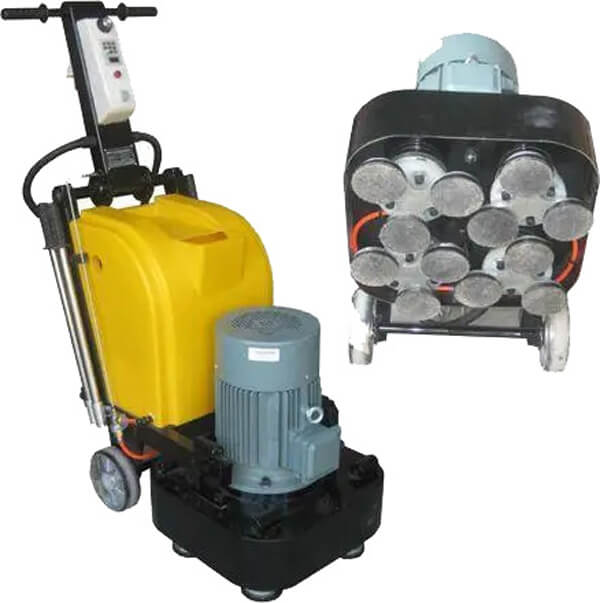
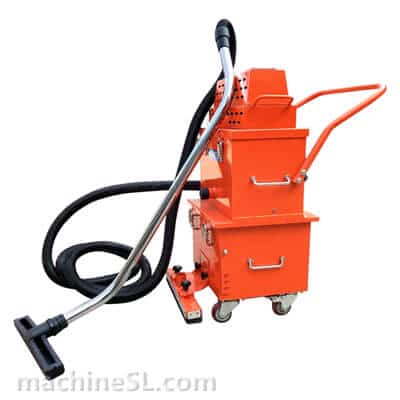
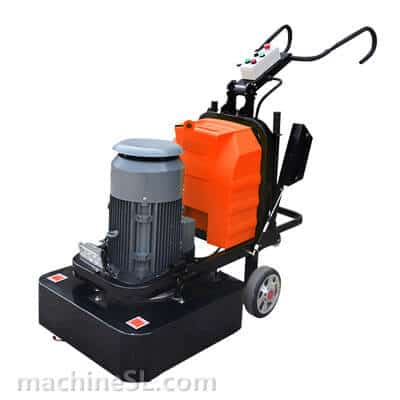
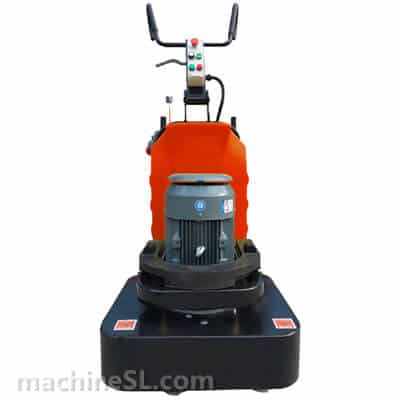
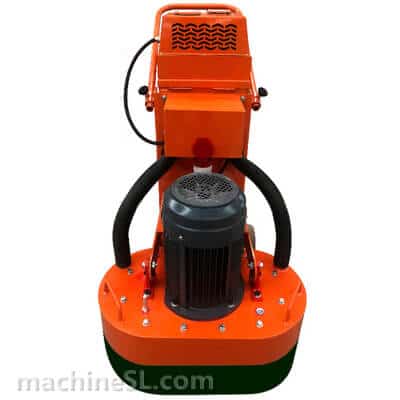
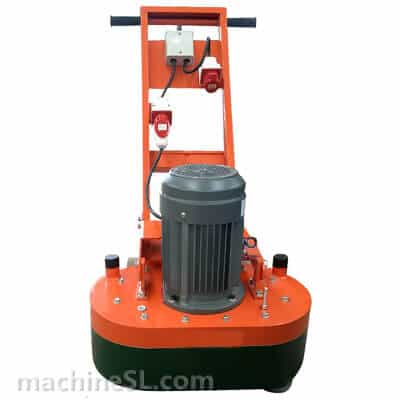
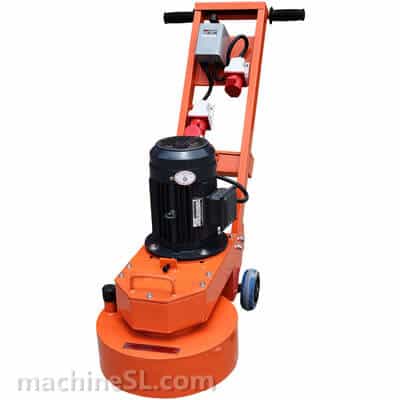
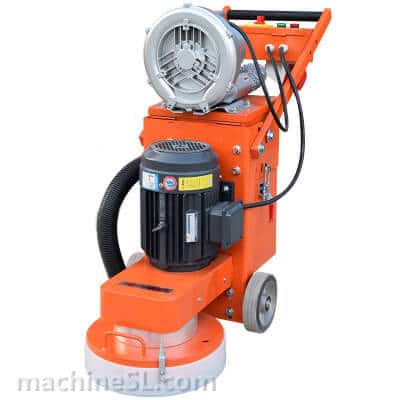
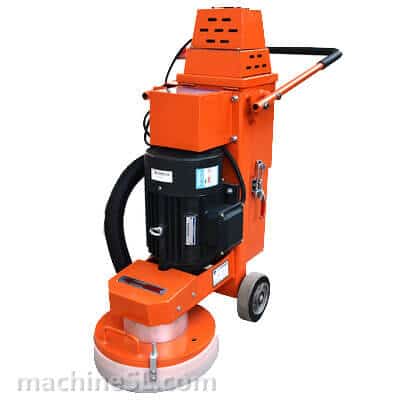
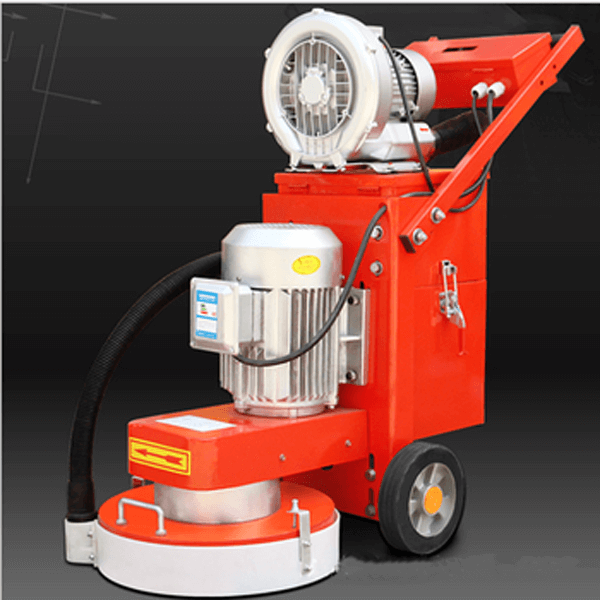
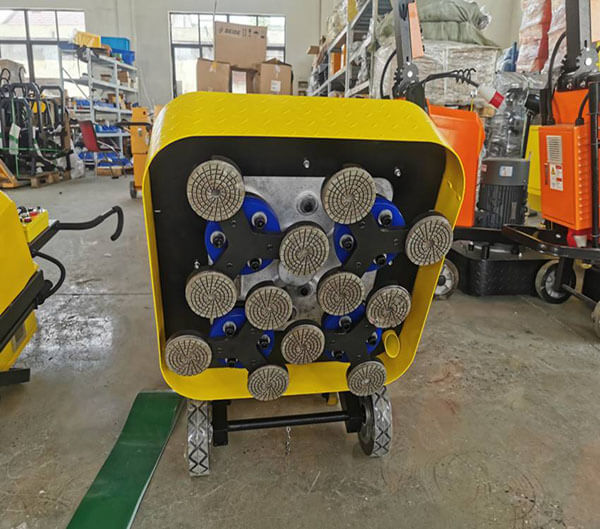
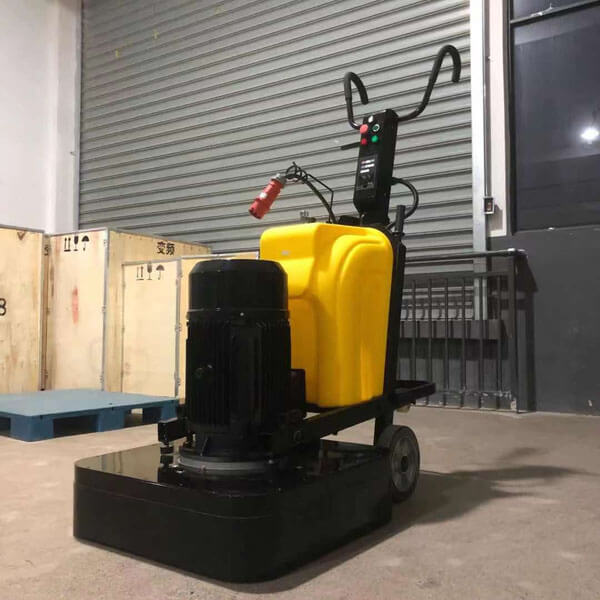
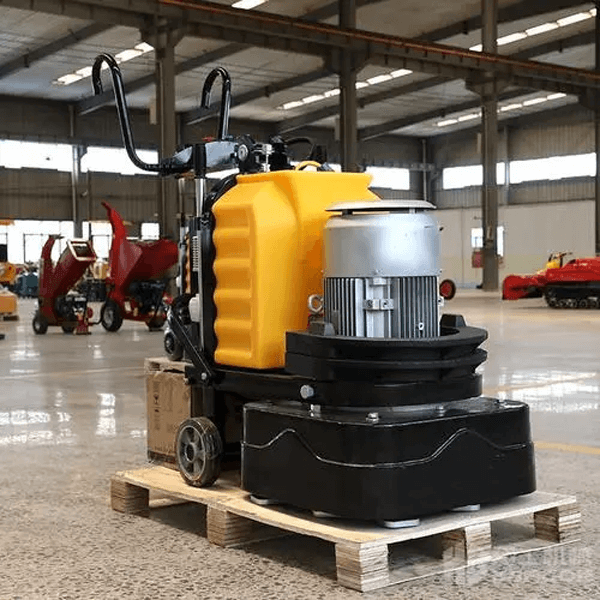
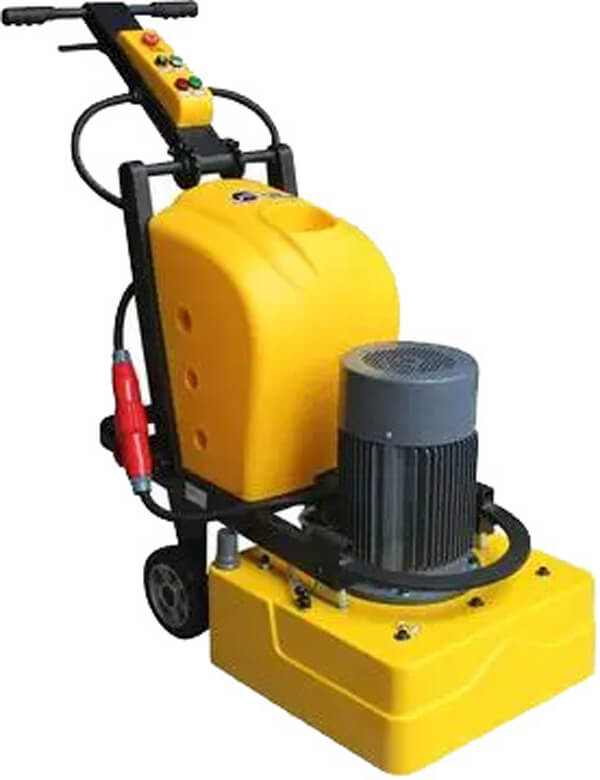
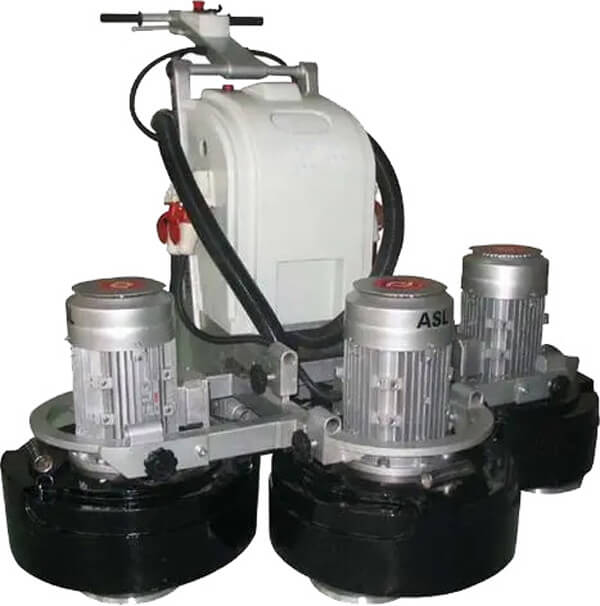
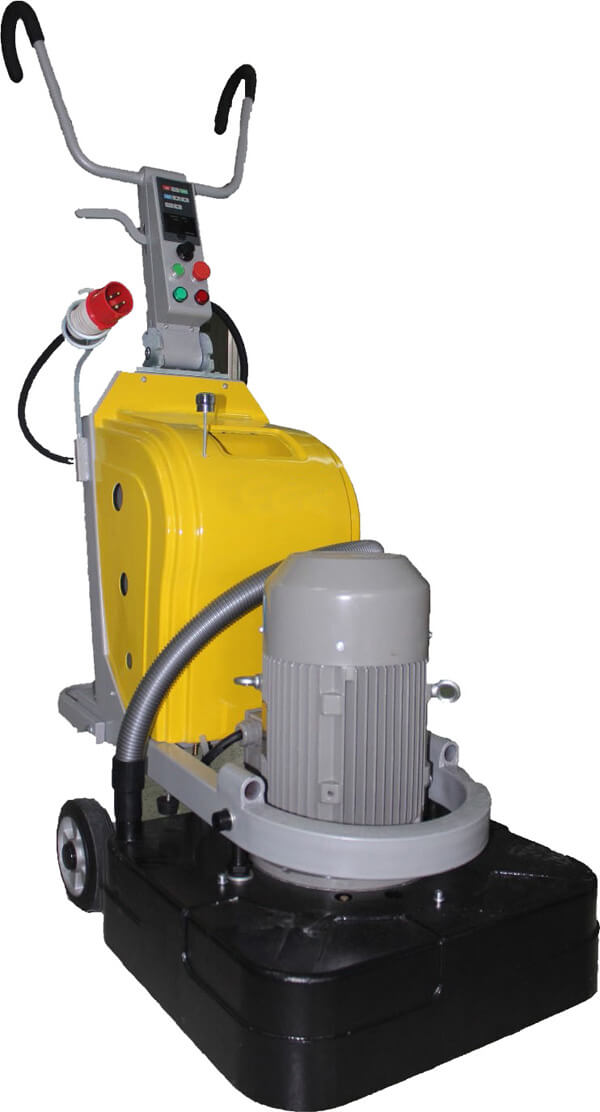
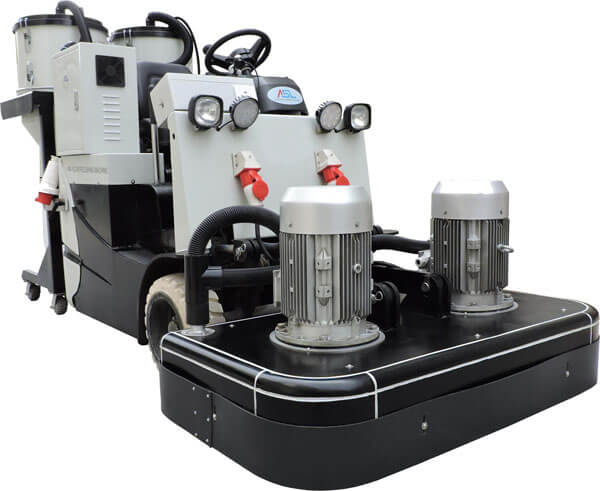
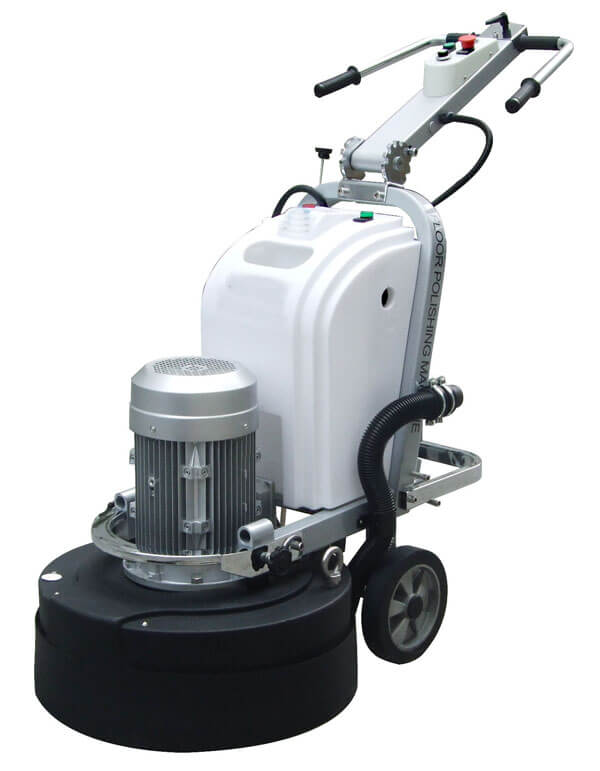
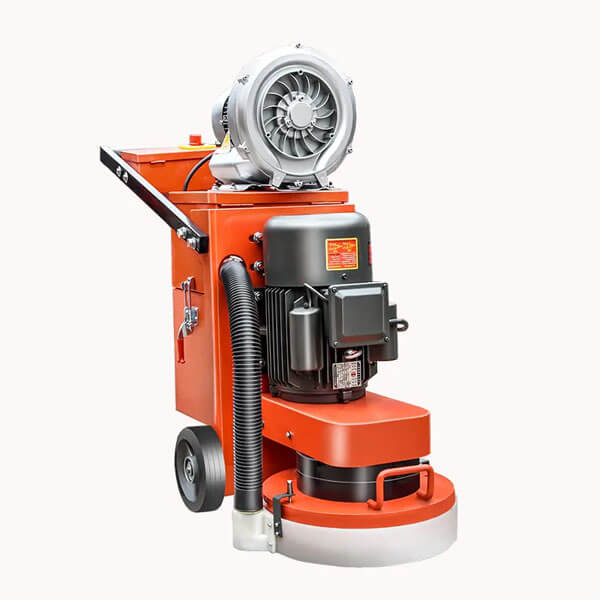
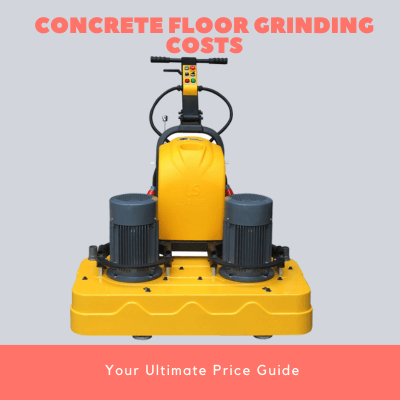
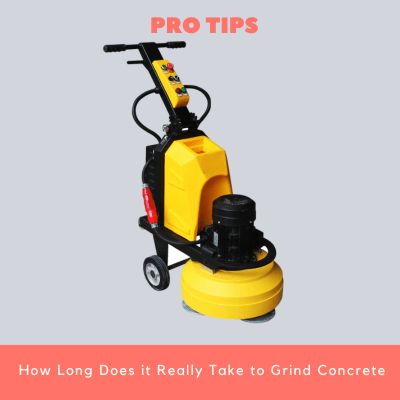
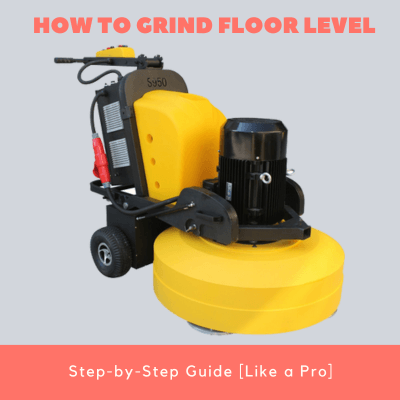
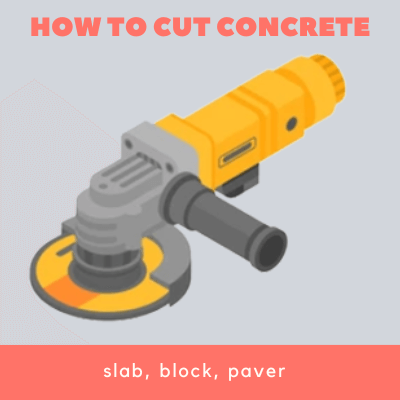
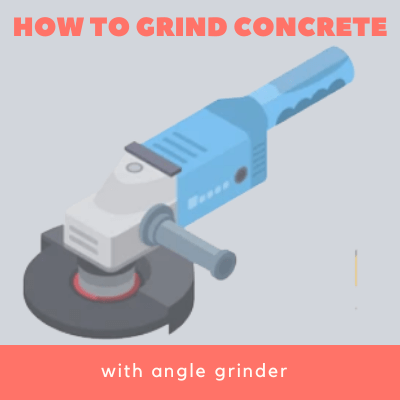
Leave A Comment